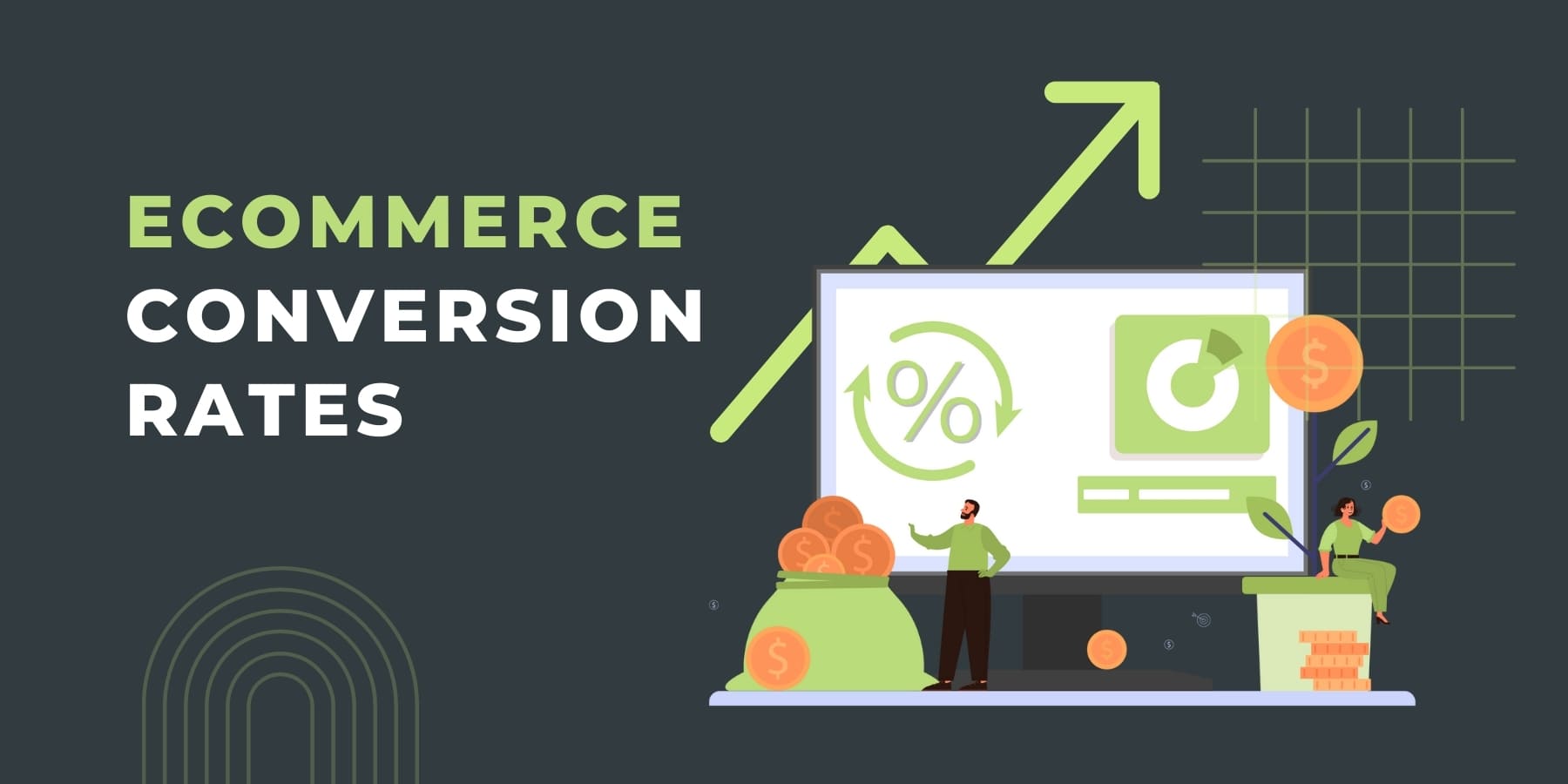10 Proven Strategies to Increase Conversion Rates in E-commerce This 2024
Today, increasing ecommerce conversion rates is crucial for the success of any online business. Ecommerce conversion rate is the percentage of website visitors who take a desired action, such as making a purchase or signing up for a newsletter. In this article, we will explore 10 proven strategies to help you boost your ecommerce conversion rates and drive more sales.
Table of Contents
1. Optimize Your Website for Speed
Improving website speed is critical for keeping potential customers engaged. A slow-loading site can deter customers, leading to a higher bounce rate and lower ecommerce conversion rates. To enhance site speed, focus on compressing images without losing quality, minimizing the code on your site by removing unnecessary characters from CSS, JavaScript, and HTML files, and utilizing browser caching. This allows repeat visitors to experience faster loading times since certain elements are stored in the cache.
2. Implement a User-Friendly Design
A user-friendly website ensures visitors can easily find what they’re looking for, which significantly boosts the chances of ecommerce conversion optimization. This includes a clean layout, intuitive navigation, and responsive design that works well on desktop and mobile devices. Regularly conducting usability testing can uncover issues in the user experience, allowing you to make the necessary adjustments to improve the overall design and functionality.
3. Offer Free Shipping
Free shipping offers a powerful incentive for customers to complete their purchases. Shipping costs are often cited as a primary reason for cart abandonment. By offering free shipping, either as a standard policy or when orders meet a certain threshold, you can directly address this concern and encourage more customers to buy. Highlighting the prominently free shipping offer on your website can further increase its effectiveness.
4. Use High-Quality Product Images
High-resolution product images that accurately reflect the item’s details can significantly influence a shopper’s decision to purchase. Providing multiple angles and the option to zoom in helps customers get a better feel for the product, reducing uncertainty and building confidence in their purchase decisions. Investing in professional photography can lead to a tangible increase in ecommerce conversion rates.
5. Provide Detailed Product Descriptions
A comprehensive product description plays a crucial role in the customer’s decision-making process. By including all relevant information—such as dimensions, materials, care instructions, and unique features—you help customers understand exactly what they’re purchasing. Well-crafted descriptions can also highlight the benefits of the product, further persuading customers to make a purchase.
6. Leverage Social Proof
Social proof, such as customer reviews, ratings, and testimonials, acts as a powerful trust signal for potential buyers. People are more likely to purchase a product if others have had positive experiences with it. Featuring user-generated content, like customer photos or video reviews, can also enhance authenticity and trustworthiness, leading to higher ecommerce conversion rates.
7. Implement Retargeting Campaigns
Retargeting campaigns target individuals who have visited your site but left without making a purchase. By displaying relevant ads to these visitors as they browse other websites or social media platforms, you can remind them of the products they viewed and encourage them to return and complete their purchase. This strategy helps in recapturing lost sales and improving overall ecommerce conversion rates.
8. Offer Discounts and Promotions
Discounts and promotions can create a sense of urgency and encourage customers to make a purchase sooner rather than later. Time-limited offers, exclusive deals for subscribers, or loyalty rewards not only drive sales but can also enhance customer loyalty and repeat business. It’s important to balance these offers to avoid undermining the perceived value of your products.
9. Simplify the Checkout Process
A streamlined checkout process reduces friction and minimizes the chances of cart abandonment. This can be achieved by limiting the number of steps to complete a purchase, offering guest checkout options, and providing a variety of payment methods. Clear progress indicators and the ability to easily modify the cart contents can also improve the user experience during checkout.
10. Monitor and Analyze Your Data
Constant monitoring and analysis of your e-commerce metrics allow you to understand customer behavior, identify bottlenecks, and uncover opportunities for optimization. Tools like Google Analytics can provide insights into ecommerce conversion rates, bounce rates, traffic sources, and more, enabling you to make informed decisions to enhance your website’s performance. Regularly reviewing and acting on this data is key to a successful e-commerce strategy.
Summary
Increasing ecommerce conversion rates requires strategic planning, continuous optimization, and data-driven decision-making. By implementing the 10 proven strategies outlined in this article and with the help of a reputable content enhancement service, Merch Metric, you can improve your website’s performance, drive more sales, and ultimately grow your online business. Remember to test different tactics, measure their impact, and make adjustments as needed to achieve the best results.

David Bodiford
David Bodiford has been the Chief Strategy Officer at Vserve Ecommerce. Specializing in business development and strategic planning, David leads initiatives to expand Vserve Ecommerce's market reach, focusing mainly on the B2B sector. His expertise in digital marketing and strategic partnerships is integral to enhancing the agency's ecommerce solutions.





